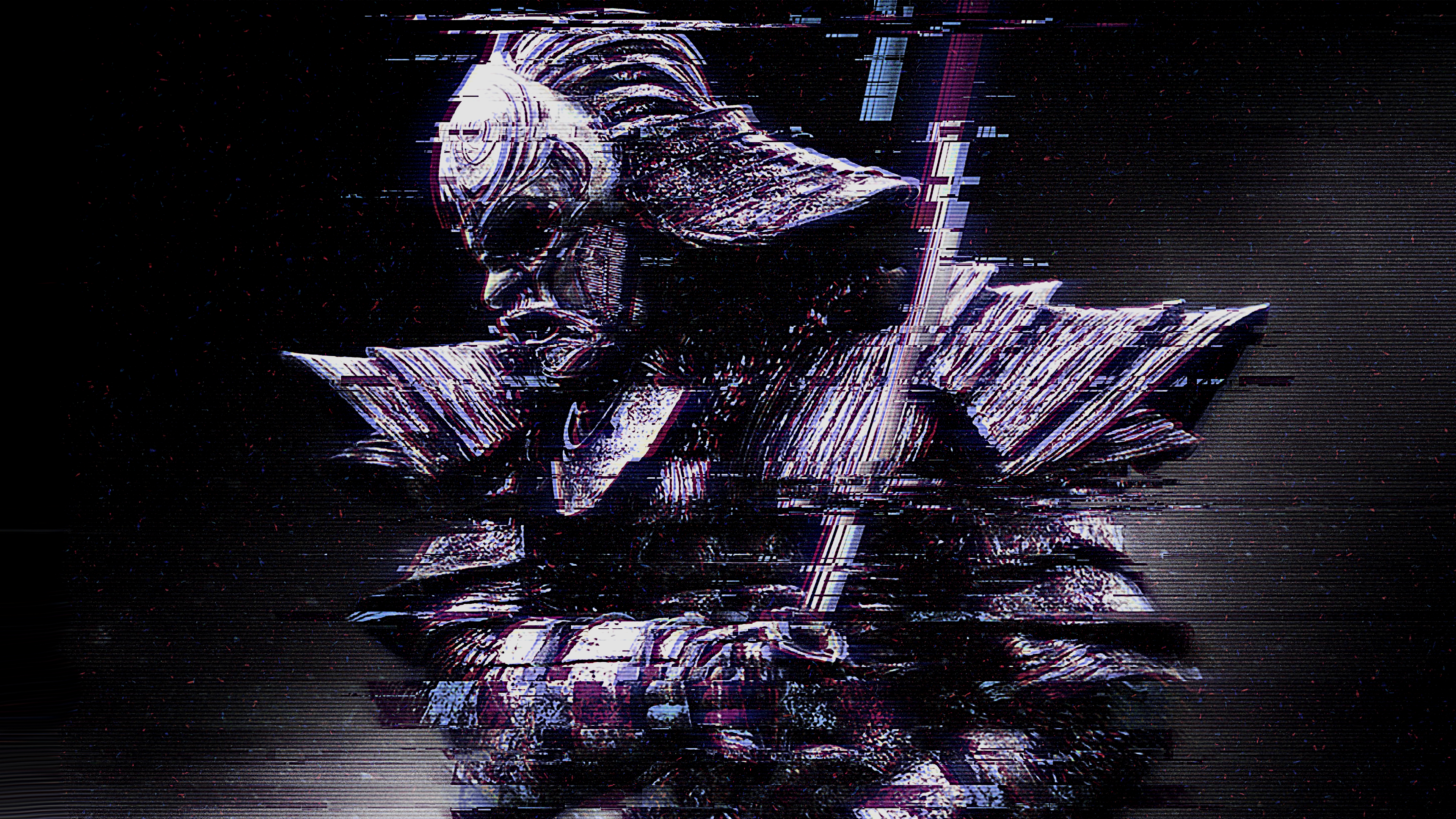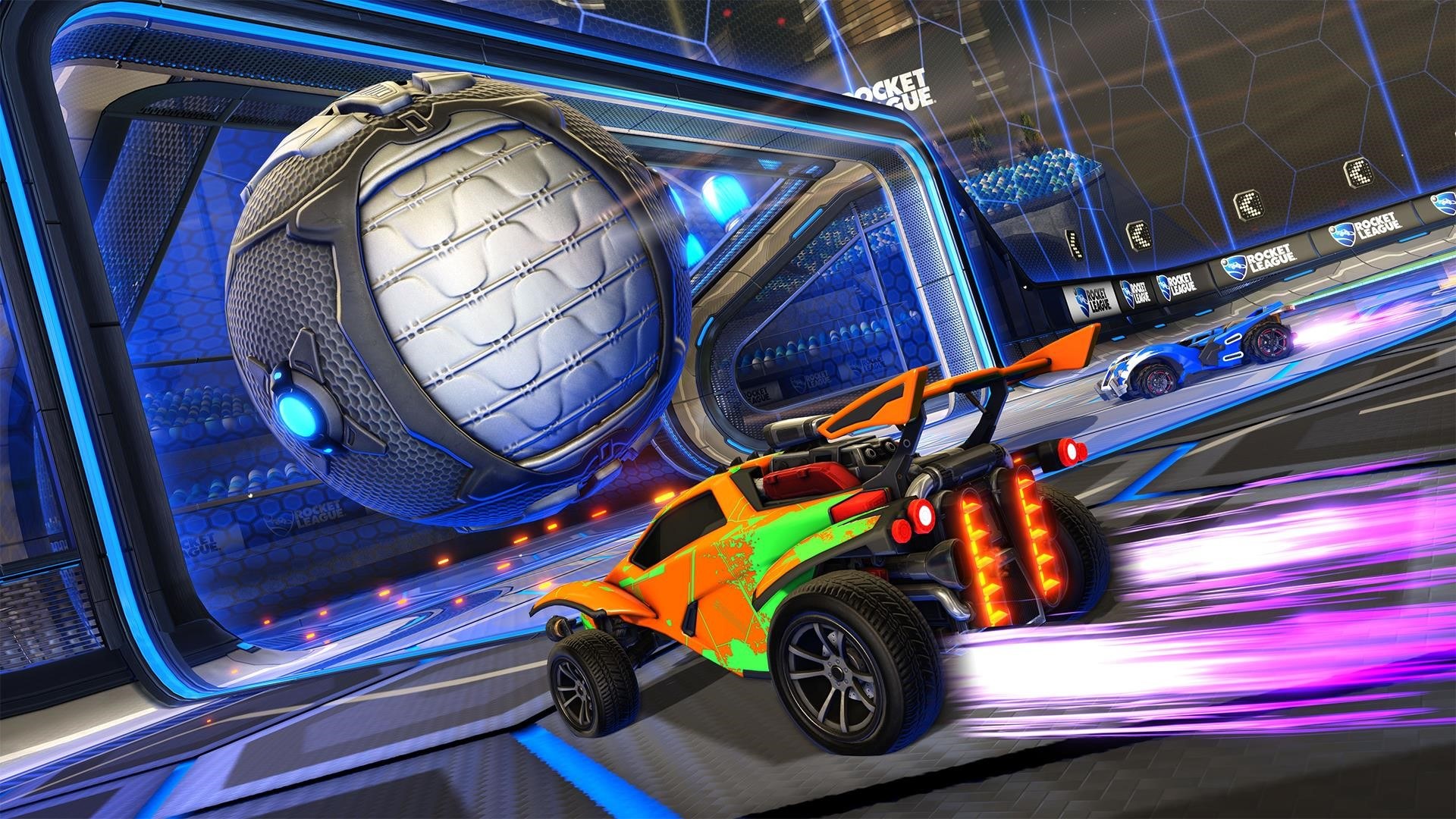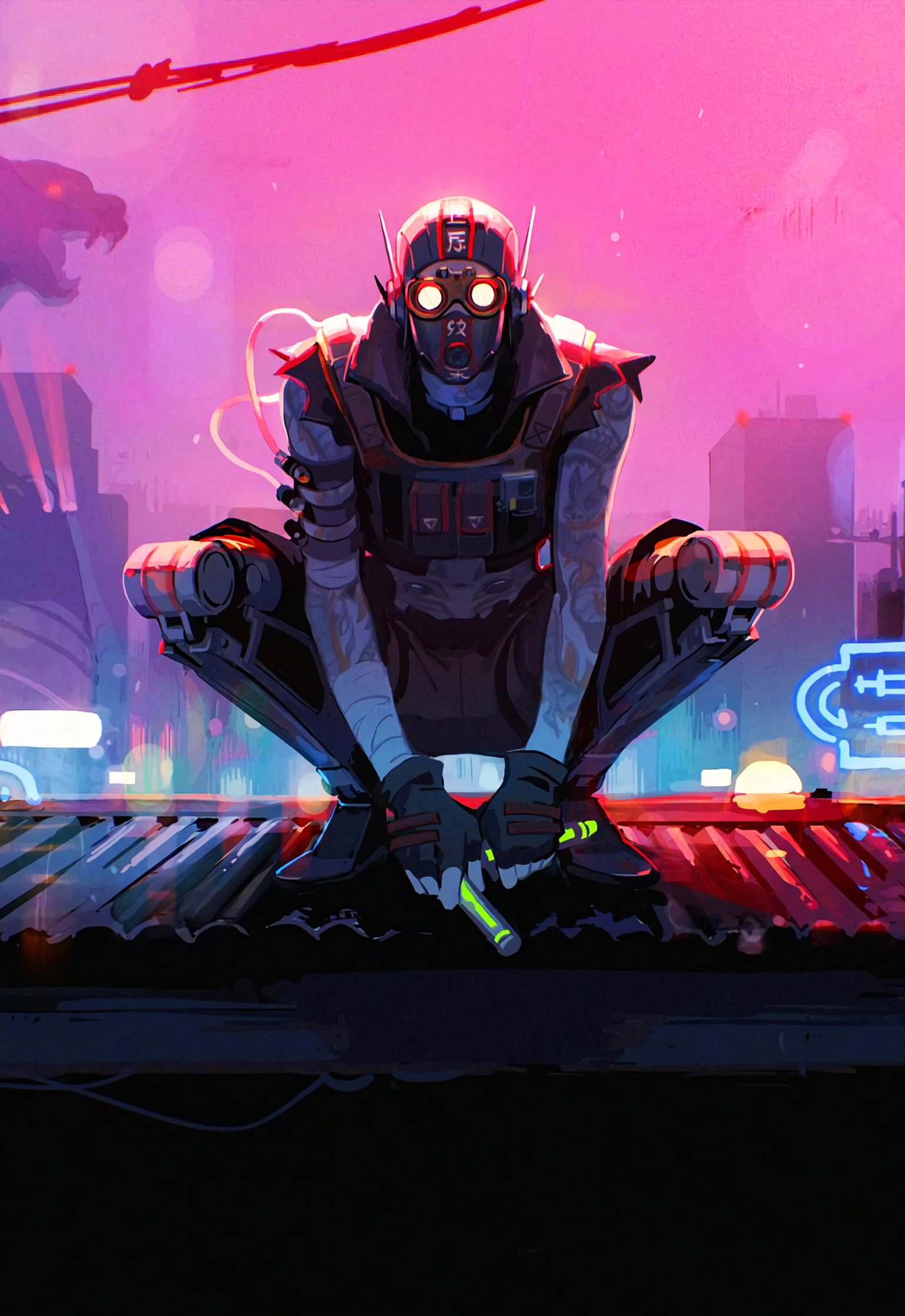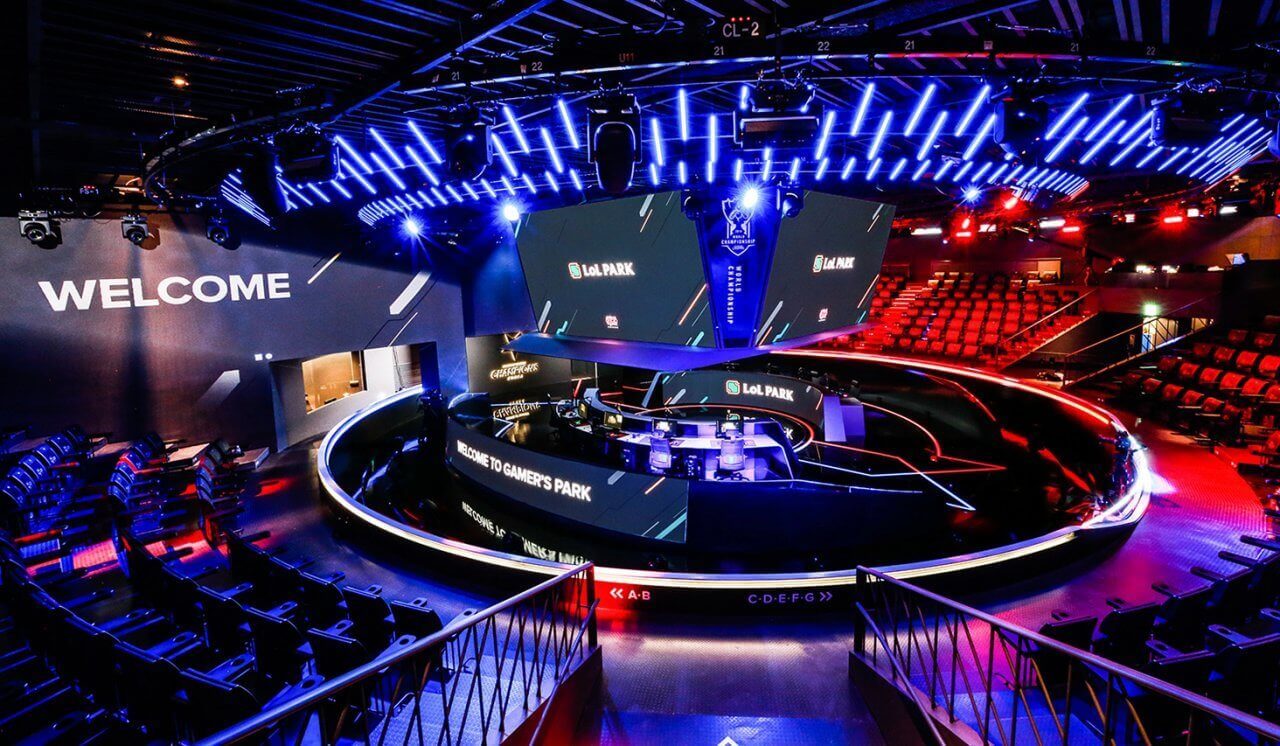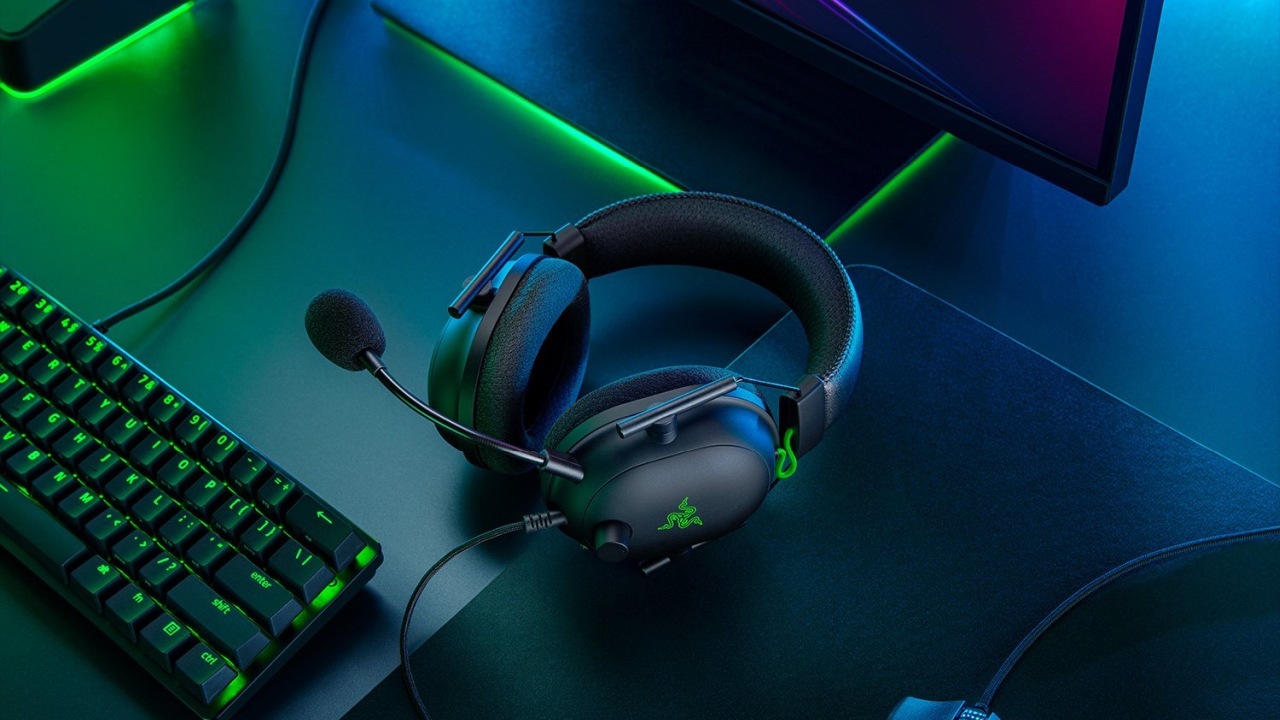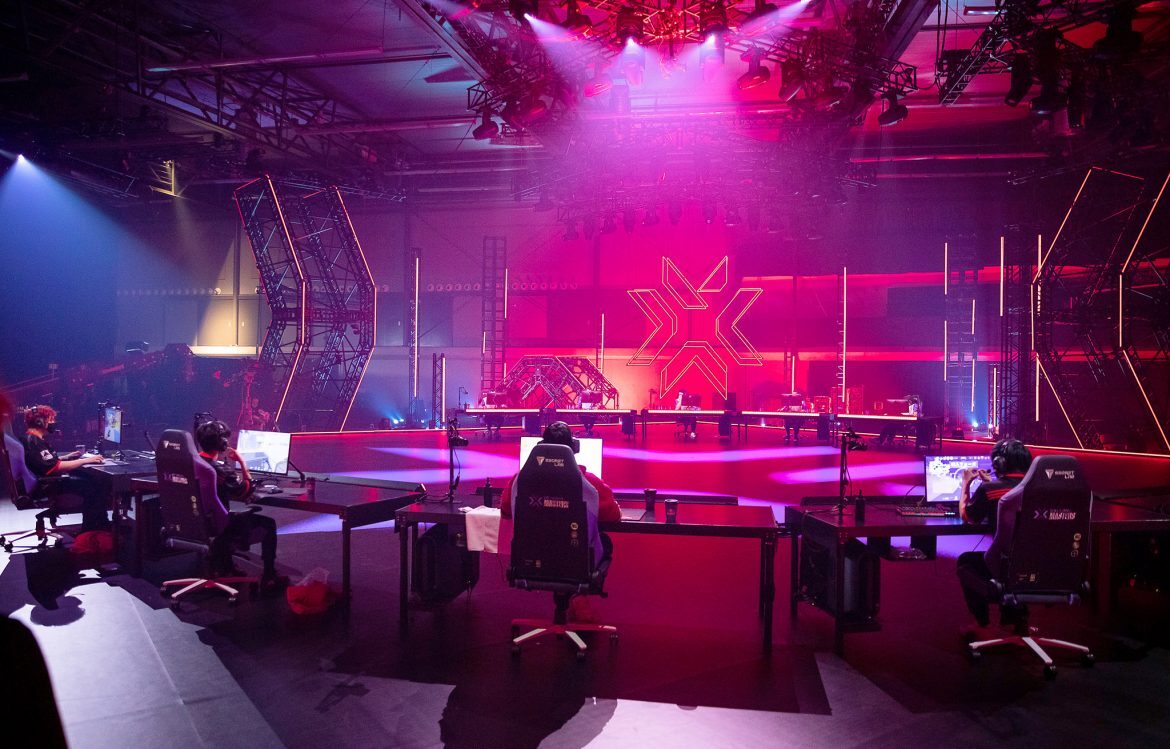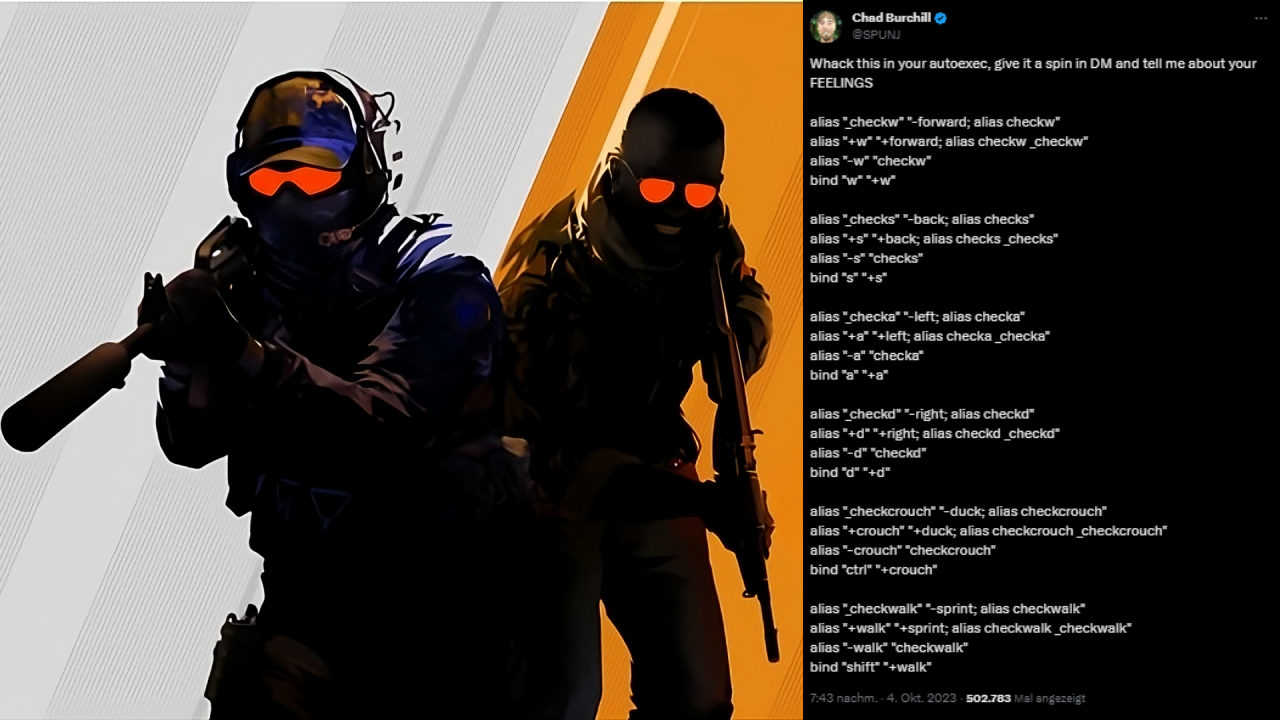Many CS:GO veterans found the movement in CS2 to be remarkably erratic and jittery. A significant number of players think this is due to the introduction of the new sub-tick mechanic. In an attempt to fix this issue, they experimented with certain commands and observed that the movement resembled that of CS:GO when these commands were applied. However, Valve has recently disabled these commands, much to the dislike of numerous players. Let's dive into the ongoing discussion surrounding movement in CS2.

The way characters move in CS2 seems strange to many experienced CS:GO players. Some believe it's because of a new server method called sub-tick in CS2, while others think it's just a perception.
There was a Config published by professional turned caster Chad “SPUNJ” Burchill, that should make movement feel the same as it was in CS:GO. The community is divided, and some crazy analytics are being made. In their latest update, Valve has stopped those commands from working. Let's take a look at all of this.
Why Does CS2's Movement Feel So Inconsistent?
This will get complicated, but I'll try to break it down as simply as I can. We should start with the state of the two games, so you know what we will be discussing further on.
CS:GO vs. CS2 Servers: What Changed?
The reason, why the movement feels different is, that CS2 moved from 64-tick servers to a “sub-tick mechanic”. Let's start with the tick rate. The amount of ticks a server has represents how often a server receives and sends out information to all the players. In the case of a 64 tick server, information will be sent to the server, processed by the server and sent from the server to all players 64 times a second, or basically almost every 16 milliseconds. That is way too fast for a player to really notice, making the game feel smooth.
Valve introduced the “sub-tick” method, that calculates important bits of information, including movement, shooting and throwing grenades, whenever they happen, not relying on ticks. In CS:GO, if you pressed a key right after a tick has ended, your action won't start until the next tick begins. For CS2, your input will get executed as soon as the game registers it. So the game should feel much smoother and the discussion regarding tick rate should've been solved with CS2.
Valve explained their new “sub-tick” method in a YouTube video:
Why Does CS2 Feel Less Smooth Than CS:GO?
But, Valve's plan didn't come to fruition. Since the limited test, players have been saying that the game feels different and weird in terms of movement. And after my first hours of playing CS2, I couldn't agree more. Something feels off. Especially, when you are doing more skill-based moves like Strafing and Counterstrafing.

Strafing is peaking a corner with the sideways walking keys “A” and “D” and stop your movement once you peaked the corner fully. You start shooting the moment your character has lost their sideways-momentum and stands still, giving you ideal accuracy from your weapon. It's fast and effective, yet difficult to learn.
Counterstrafing is pretty much like Strafing, but you counter your sideways-momentum by pressing the opposite key of your direction. So if you move towards the left, you need to press the “D” key to Counterstrafe. You will stop faster and be ready to shoot much faster. But it is even more difficult, and you should know how to properly Strafe before starting to Counterstrafe.
Due to the sub-tick method, hitting perfect Counterstrafes has become incredibly tough, since the margin of error is basically gone. While the time window for a perfect Counterstrafe in CS:GO in 64 ticks had a margin of around 3 ticks (so approx. 46 milliseconds), the margin in CS2 has shrunk down immensely. Good players could get a good feel of when to Counterstrafe to get the best out of it. Now, it has become much harder.
The same goes for long jumps. Since it is incredibly difficult to find the perfect timing in CS2, doing tricky long jumps is near impossible. We will show this in an example later on.
The Twitter user “aRTYSAN” made a small thread explaining the Commands we will be talking about shortly, but he also made a graphic showing why Counterstrafing has become so much harder:
Theoretically it CAN be better if you are godlike at counter-strafes yes, but most of the time you won't be so you will be punished morepic.twitter.com/gmg2UvPdVn
— aRTYSAN (@aRTYS4N) October 5, 2023
He claims that Counterstrafing could actually be far more effective but also much harder to execute properly. This will widen the playing field and give you a major advantage if you can land Counterstrafes consistently.
The Reddit user “u/carnifexCSGO” made a lengthy post talking about his thoughts and showing off some analysis he made on movement in CS2 with the sub-tick method. He had the following conclusion:
I believe that there could be a benefit to having movement locked to a 64hz grid, as that will allow you to have some level of consistency as there is a window you can hit. When subtick is enabled, you have a near infinite range of values between two ticks that you can hit, and they all affect how much speed you get on the next tick.
Those two underline the feeling of the community, that the movement in CS2 feels inconsistent, since there is no real consistency to realistically achieve. Or is there?
Is There A Fix For The CS2 Movement Issue?

There was. The previously mentioned Spunj found a solution that worked, at least until Valve came into play and made it useless. The commands were used to "de-sub-tick" the movement keys. This worked for roughly two weeks before Valve released an update on October 17. In their Patch Notes post, Valve wrote:
Command aliases now leverage subtick accuracy
Following this update, which doesn't affect pro play as of now, aliases bound to movement keys will not fall in the 64Hz grid but rather stay in the subtick grid now. Therefore, the movement commands are no longer working.
And of course, the community isn't happy. Spunj had some angry words towards Valve, pro-player Jonathan "Elige" Jablonowski posted a video on Twitter showing the difference between 64 tick movement and sub-tick movement.
Showing how alias jump / movement keys (jump; worked the same) is consistent with the ; on the patch before today vs how it will work with it not working and everyone being on +jump and normal movement keysPretty much we are showing the server ticks and registering time scale... pic.twitter.com/M1wMZudwm3
— Jonathan Jablonowski (@EliGE) October 18, 2023
Right now, it seems like the servers can get desynchronized with the subtick method. Therefore, it can take between 1 and 20 ticks for an action to happen. So in a worst case scenario, your action will take 0.3 seconds until it is detected and executed by the server. In a 64tick system your maximum waiting time was 32 milliseconds, now it might be around 300 milliseconds. This might also be a problem in gunplay.
The problem doesn't lie in the 64 tick severs, since a 128 tick subtick server might still take around 150 milliseconds to catch and execute a movement action. Which is far too long for such a fast-paced shooter.
Yes, CS2 is a brand-new game and the subtick method might be revolutionary once it's working properly. But right now, it isn't. The game just hosted its first Tier 1 LAN event, and still has more than a million concurrent players every day. With an audience that big, having such big input lag is unacceptable.
There is still a lot of time for the game to improve and be more like CS:GO was. But taking away workarounds for issues you brought onto the community is a weak move, Valve. You can, and should, do so much better.


















